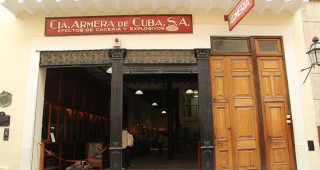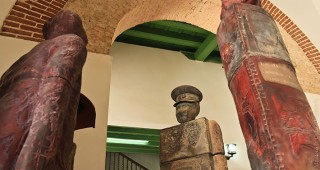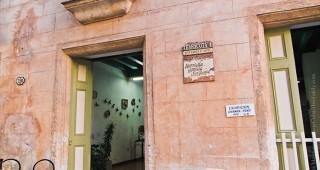When the grounds that were occupied by a small botanical garden in the vicinity of today’s Capitolio de La Habana were needed to build a railroad station, Captain General Miguel Tacón, responsible for many urbanization and embellishment works in the capital of Cuba, instructed that the garden be relocated to the north of the Paseo del Prado, in the grounds where tobacco mills (which remained operational until the second half of the 19th century) and the millers’ dwellings were located, thus being popularly known as Los Molinos (literally, The Mills). Because the vegetation gave the place a pleasant ambience, Tacón ordered the construction of a one-floor (years later, Captain General O’Donnell had a second story built), five-room recreational villa for the captains general. The galleries had shutters to facilitate the circulation of air and to modulate the light that filtered in.
The villa’s lush garden was surrounded by wrought-iron railings on a stone plinth with seats. In addition to its plants of various species, which gained this garden a place in the World System of Botanical Gardens in 1906, visitors can also admire life-size statues and busts representing Olympian gods, such as Minerva, Juno or Ceres. There was also a small zoo formed especially by aquatic birds that lived in a pond whose waters flowed from the Zanja Real (Royal Canal) that ran very near there. This is also the place where the mariposa (Hedychium coronarium) was declared Cuba’s national flower in 1936.
The ornamental tropical gardens that front the house were transplanted from an earlier site on El Prado and contain fountains, artificial hillocks, mini waterfalls, pergolas and grottos. One of Havana’s key music venues (lots of rock and rap) is also located here, home to the Asociación Hermanos Saíz, representing young musicians, writers, artists and poets. Locally known as La Madriguera (879 8175), musicians can often be heard practising in the gardens.



 Eclectic
Eclectic







